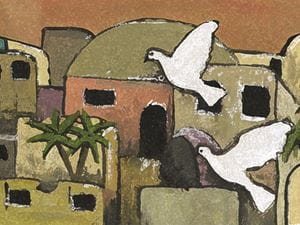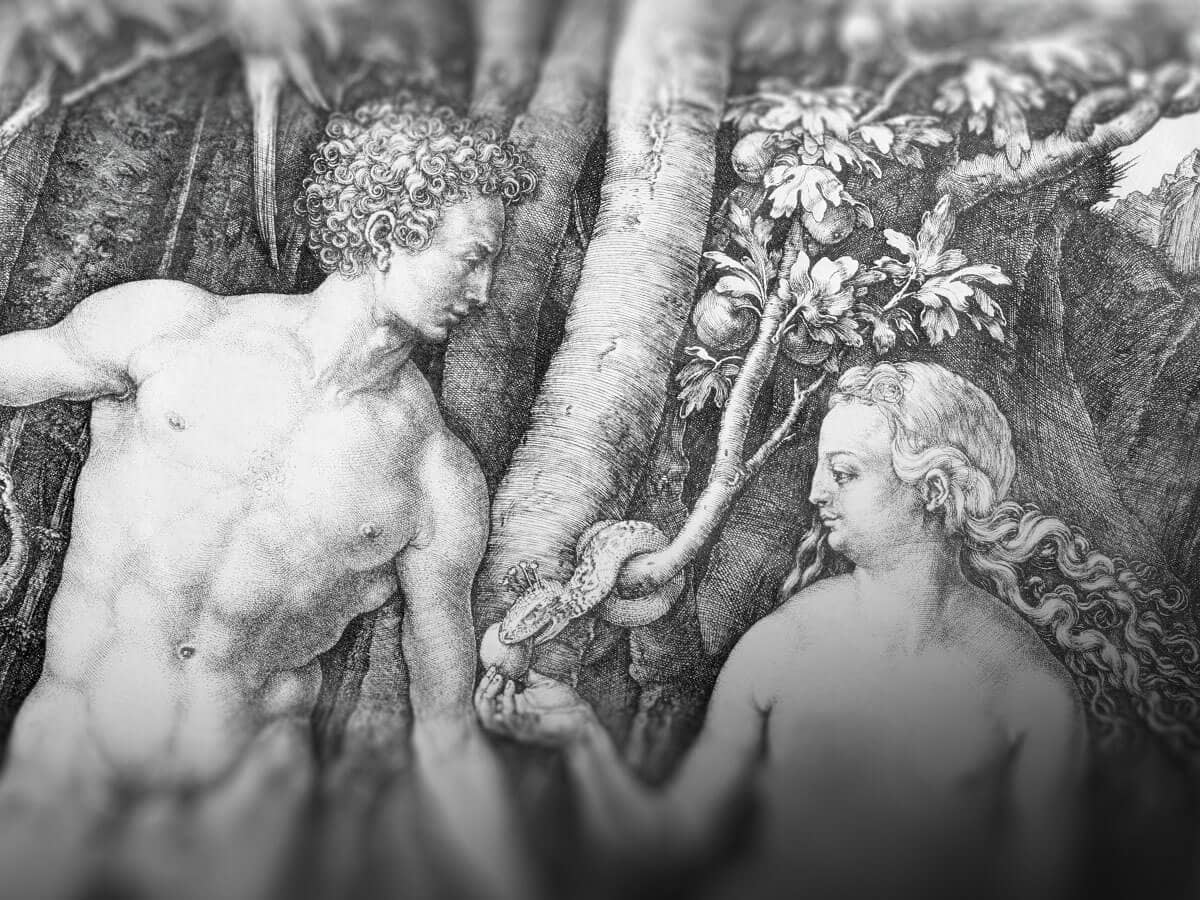
When I was asked if I would be interested in writing about the upcoming Purim Holiday I hesitated for a second, only because I am not a writer, English is not my native and I must admit that it is intimidating to write about Purim, only for the reason that there is so much to remember, so much to tell and so much to celebrate.
Among all Jewish High Holidays, Purim is one of the most festive, fun, and entertaining holiday. It is a holiday celebrated by the young and the old, by boys and girls, by singles, children and entire families. It is a holiday that is deeply rooted in my childhood memories, where the fun of deciding what costume to wear preoccupied my mind, for months, before the holiday’s arrival. Purim is a childhood memory of waking up to the wonderful aroma of the delicious Hamantashen, cookies that my Mom would bake, and a childhood memory of running through my Mom’s kitchen, with my little brother, singing Hag Purim, Hag Purim – Hag Gadol Le’Yeladyim (Purim Holiday, Purim Holiday – the Children’s Big Holiday) and stealing a cookie, every time. I truly believe that it was because of Purim that I got my nick-name of “Cookie Monster.” Purim is also a childhood memory of pure joy and celebration, with friends, family and neighbors, on the streets of Tel-Aviv where the big Purim parade took place or going to the neighborhood parties. A childhood memory of staying late at night, singing, playing, and not wanting to come out of the costume, counting the money I received and making plans of what costume I will wear next year.
So what is Purim? What are the commandments and the traditions of Purim? What do we commemorate? Why do the Jewish people celebrate so lively and joyfully during Purim? The Jewish Holiday of Purim celebrates the miracle of God who saved the Jewish people from being killed by the evil Haman, who was the advisor of Achashverosh, the King of Persia, nowadays Iran. During the two days Purim holiday celebrations, the Jewish people must obey four Mitzvoth (commandments):
1. Reading the Book of Esther. This is telling the story of Purim: King Achashverosh who executed his wife, Queen Vashti, had begun the search for a new wife. Hundreds of beautiful women, from all over the Kingdom, were brought before the King. Among those was Esther, an orphan raised by Mordachai, a Jewish leader. Esther was chosen to be the next Queen but she couldn’t reveal that she was Jewish. Later on, Mordachai became the King’s Jewish Advisor. Another advisor to the King was Haman who hated the Jews and even more so, Mordachai. Haman desired that all Jews must die. He came before the King by defaming the Jews for being different and loyal to God, and not to the King himself. It didn’t take a lot of effort to convince the King to dispose of the Jews, who gave Haman green light to take care of the Jews, in any way he pleased. Only the unbreakable trust in God saved the Jews. God had guided Mordachai and Queen Esther to save the Jewish people. It was because of their wisdom and commitment to follow the words of God that the Jews were saved and Haman ended being killed by the King Achashverosh, himself.
2. Sending food baskets to family and friends. As the Jewish people stood united during that time, today we honor the importance of togetherness and the affinity of community. Jewish people are sending food gifts to one another. Traditionally, the gift is a basket filled with Purim cookies, fresh or dry fruit and a fine wine bottle or grape juice, and the children will deliver the gifts, cheerfully.
4. Eating a festive meal and yes...drinking lots of wine!!! In fact this holiday mandates to drink until we are so drunk that we must not know the difference between the evil Haman and the respectable Mordachai.
Purim honors Mordachai and Queen Esther by setting a mark of respect and distinction on their courage and willingness to sacrifice their lives to save those of their people. Purim is celebrated so lively and joyfully because we are so happy to be alive today and be able to reiterate God marvelous Miracles during Hag Purim.
Have a Happy Purim Holiday!

